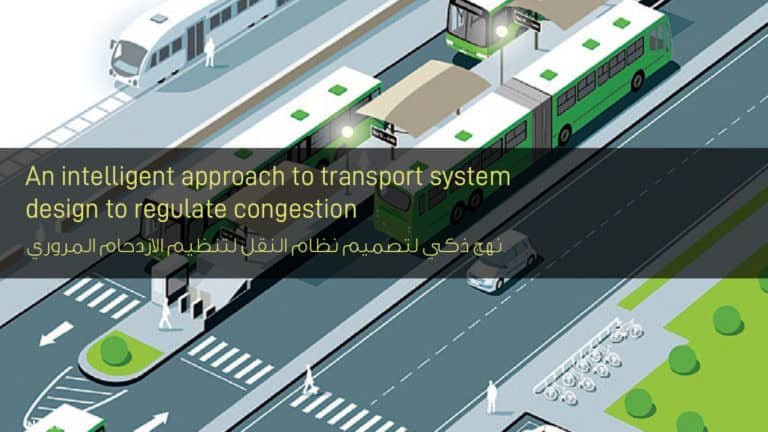Airport design and factors to consider in design
Airport design and factors to consider in design
Aircraft recently developed in terms of size and capabilities, which called for a rapid development in the engineering, construction and design of airports in terms of runways and the diversity of their architectural and construction designs, and this development came in order to receive aircraft of greater weight and size. Civil aviation developed with astonishing speed. After the plane had a speed of 20 miles / hour in 1903, it reached more than 750 miles / hour in recent years.
The general plan of the airport:
The general plan defines the borders of the airport, the locations of maneuvering operations (which are the main and secondary runways – corridors – parking lots – and parking lots) as well as the sectors in which the general structure of the airport can be established, and identifies the places of important buildings such as meteorological sites, fuel tank installations, fuel, roads and routes that It leads from the airport to the city and vice versa. The plan also contains water distribution pipes, electrical connection wires and areas designated for offices and companies.
He found that the take-off and landing operations are the most important in the flight process, as they are greatly influenced by the engineering and technical condition of the runway, and for this the landing study took great care in designing airports.
إقرأ أيضاً: تصميم النوادي الرياضية والفراغات الداخلية لها
The airstrips:
The airstrips are distinguished according to their importance into three types:
Major runways: they are relatively long and runways may be located together in one airport, and they may be parallel or take different directions, and where the frequency of use factor is very large, and the vision must be well secured. Rather, it is necessary to be prepared to receive aircraft in the event of a bad vision. The main runway location at the airport is close to the airport runway and to other operational arenas and installations.
Secondary airstrips: They are of a level equal to the main airstrips, and are used by heavy aircraft in the event of strong winds on the main runway to prevent the plane from landing on top of it, the length of the secondary runway can be less than the length of the main runway and be equipped with the same equipment as the main runway that is not ready in the event Bad vision.
Miniature lower airstrips: They are used for landing aircraft in the event of strong transverse winds and are not equipped with night devices and poor visibility devices.
Heliport length:
The basic length of the runway is according to I.C.A.O based on the following conditions,
- Atmospheric pressure 760 mmHG
- External temperature 150
- Humidity 0
- The heliport is horizontal
These measurements and lengths were calculated according to constant standard data in terms of air pressure, temperature and humidity, but for God our values differ when designing airports on the ground and this is a complex problem that entails other related measures such as height and low from the sea surface and the climate of the region where the airport is established.
Runway width:
The width of the runway changes from one class to another, according to the number of flights to the airport, and the width of the runway also increases in case of bad visibility.
Types of airstrips: parallel airstrips that are used simultaneously – tangential airstrips – auxiliary auxiliary airstrips – airstrips for bad visions – a special airstrips.
Passages:
They are parts of the airport that connect the runways and parking lots. Specific signs are placed on these corridors, and the planes travel on the corridors at speeds that differ according to the type of plane. They are from 60 – 20 km / h for aircraft with regular engines and 60 km / h at least for aircraft with jet engines.
When creating the corridor, the following notes should be followed:
- The lane layout should be easy and straightforward and should not contain detours except in emergency cases.
- Corridor and runway spacing are defined in a manner that maintains safety conditions
Parking lots:
They are parts of the airport where the plane can perform the following operations: passenger and cargo transport – garage operation – maintenance and technical service.
The parking yards are classified as flight yards, in which the plane is able to unload and load goods, transport passengers or mail, or cargo shipments, and the catering and meals of travelers. The yard of the garage The plane can stand for a period of time that is not used commercially and is not subject to any major maintenance. Maintenance yards On the plane there are major maintenance and repair of engines
Factors to consider in airport design:
- Earth winding and topography are among the most important factors affecting the planning and design of airports, especially landing strips.
- The size and features of the aircraft that will use the airport
- The volume and increase of trips
- Weather factors, for example, a rise in temperature increases the length of the runway, while winds are not only affected by the length of the runway, but also beyond the increase in the number of runways.
- The height of the airport’s ground has an impact on the length of the runway, whether it is used for landing or take off
Airport signs and signals:
Airports contain signs and lights whose mission is to distinguish an element from others to facilitate the task of aircraft navigators. I, C.O.A has united the signals between airports and has become a language understood by everyone globally, including:
- Daytime signs: one of its characteristics is the identification of the airport and the direction of the wind – the determination of the direction of landing and the setting of barriers – the cathode and its axis
- Night signals: Characteristics of the airport lighting illumination – potentially dangerous lights – determination of wind direction and downward direction – barrier beacons and danger beacons.
At the end of the article, it is worth noting that efficiency, comfort, technological progress, architectural design and general experience make the airports a milestone and distinguish the country that owns the airport and makes passenger trips full of pleasure and luxury, which was evident in the most famous airports in the world in terms of great architectural design such as Singapore Airport and the International Airport in Hong Kong The international airport in Oslo, the international airport in Paris, and Hamad airport in Dubai.
References:
- Lectures in road and transportation engineering
References: - Link 1








